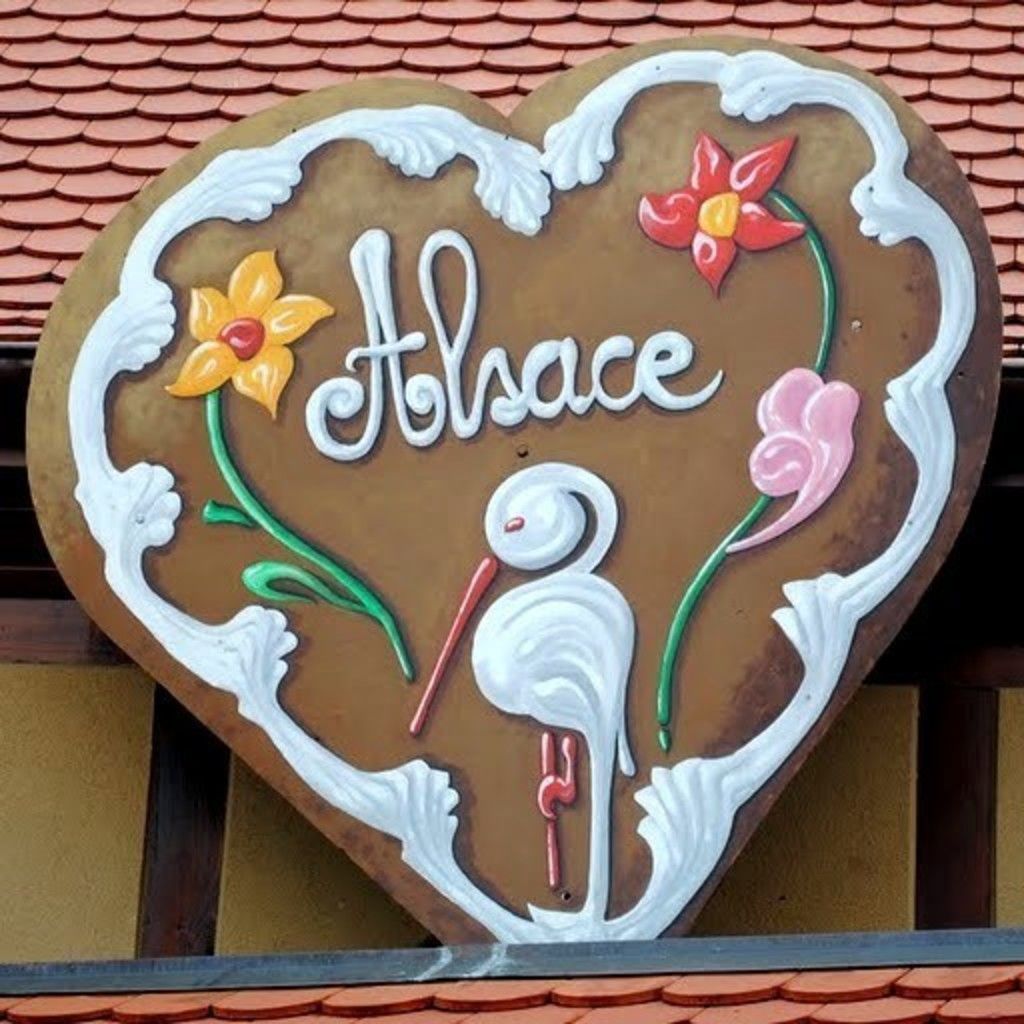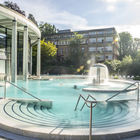The origin of gingerbread goes back very far in history: already in the time of the ancient Egyptians we consumed honey bread, then the Greek Aristophanes mentions “melitounta” made from sesame flour and coated with honey while “Athénée” sells the “melilates” made in Rhodes. Pliny the Elder reports that the Romans knew about “panis mellitus,” a fried bread drizzled with honey, yet these were only precursors to today's gingerbread. Gingerbread as we know it today would originate from Mi-Kong, literally honey bread in Chinese, already consumed in the 10th century and made from wheat flour, honey and sometimes spiced with aromatic plants. . Texts from the 13th century cite Mi-Kong as part of the war rations of the horsemen of Genghis Khan who spread it among the Arabs. It was in the Middle Ages, during the Crusades, that Westerners got to know it in the Holy Land and brought back the recipe as well as the spices. A first mention of “Lebkuchen”, gingerbread in German, is made in Ulm in 1296 then it spread in the monasteries of the Holy Roman Empire: Munich where a ”Lebzelter” (gingerbread) pays a tax in 1370, in Nuremberg it is mentioned in 1395, Aachen, Basel, Augsburg… Gingerbread in Alsace: A text of 1453 reports that gingerbread was on the tables of the Cistercian monks of Marienthal (Alsace) in the occasion of the Christmas holidays. In the XVIIth century, the gingerbread of Reims where some twenty master “breads of grocers” officiate is the most famous of the kingdom, the bailiff of the archbishop grants them statutes of corporation in 1571, officially recognized in 1596 by Henry IV. During the Renaissance, the “Lebküchler” (gingerbread) were so numerous in Alsace that they had their own corporation whose emblem represented a pretzel bear such as the one currently located above the front door of our manufacturing workshop. In 1643 the statutes of the Alsatian corporations prohibited the combination of baker's and grocer's bread trades. First mentioned in Dijon in 1711, Bonaventure Pellerin, gingerbread seller and tavern owner, is listed there in the size register. In 1725, Nicolas Stohrer's gingerbread, who served his apprenticeship in the kitchens of King Stanislaus of Poland in Wissembourg, became the favorite pastry chef of Marie Leszczynskaia, the future queen of France whom he would follow to Versailles. Gingerbread in Gertwiller: The first mention of a “Lebküchler” in Gertwiller quotes Andréas Schmidt, born in 1727 and established in rue de l'eau, whose parents were already themselves gingerbread makers and innkeepers. in Mittelbergheim. Several Alsatian fruitwood molds from the 15th and 16th centuries finely carved with magnificent scenes have been preserved and bear witness to the luxury surrounding this product at that time due to the scarcity and price of spices. Your VTC driver Jimmy Roellinger accompanies you according to your request and your needs. The service can be carried out on board a sedan of 1 to 3 person any comfort and van 7 to 8 people for the groups or the large families, several vehicles can be available.

Gingerbread Alsace
See also...

Auberge de l'ill & Hôtel des Berges à Illhaeusern
23 March 2020

Château du Haut-Kœnigsbourg
23 March 2020

Caracalla Spa Baden-Baden
23 March 2020
Customer testimonials
See what our customers say about usAbout us
Being a company, your demands for rental cars with driver in Alsace. Thanks to our privileged geographical situation, we serve the main cities from the east of France, as well as the countries border as Germany, Switzerland and Luxembourg. So, we assure you a service in France and in Europe.
JR proposes you a wide range of services.
Contact us
(+33) 6 36 36 51 35